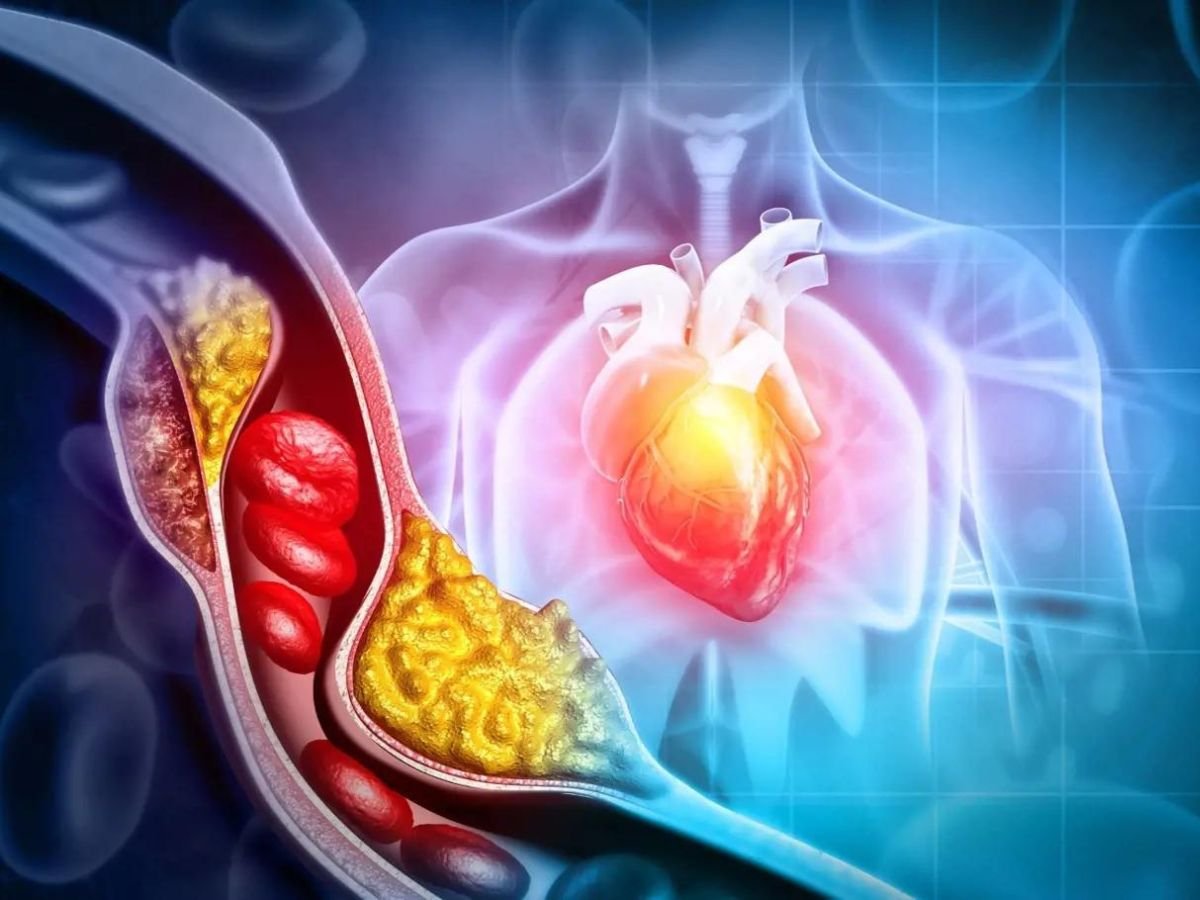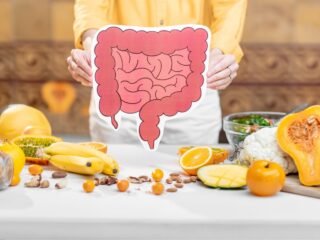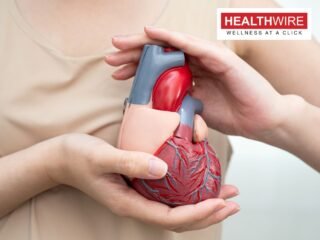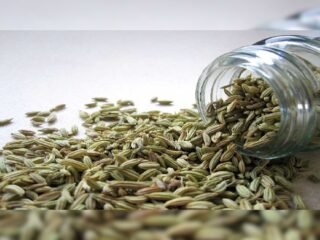New Delhi, 17 August 2025: High cholesterol is one of the leading risk factors for heart disease, the number one cause of death globally. While medications like statins are commonly prescribed, many people prefer natural, lifestyle-based solutions to manage cholesterol levels, either alongside or in place of pharmaceutical interventions. Fortunately, there are several science-backed, natural ways to lower LDL (bad cholesterol), raise HDL (good cholesterol), and support overall heart health—without medications.
If you are looking to take control of your cholesterol naturally, these 7 methods can make a significant difference when applied consistently and safely.
1. Eat More Soluble Fiber
Why it works:
Soluble fiber binds to cholesterol in the digestive tract, helping to remove it from the body before it enters the bloodstream. It also helps feed beneficial gut bacteria, which may play a role in cholesterol metabolism.
Best sources:
- Oats and oat bran
- Beans and legumes
- Apples and pears
- Chia seeds and flaxseeds
- Psyllium husk
How to start:
Aim for 5–10 grams of soluble fiber per day. Starting your day with a bowl of oatmeal or adding chia seeds to smoothies is a great place to begin.
2. Embrace Healthy Fats (And Ditch Trans Fats)
Why it works:
Replacing saturated fats with unsaturated fats—especially polyunsaturated fats—can significantly lower LDL cholesterol. On the flip side, trans fats raise LDL and lower HDL, making them particularly harmful.
Healthy fats to include:
- Avocados
- Nuts (especially almonds and walnuts)
- Fatty fish (salmon, mackerel, sardines)
- Olive oil and other cold-pressed oils
What to avoid:
- Margarine
- Processed baked goods (cookies, pastries)
- Fried fast food
How to start:
Swap butter for olive oil in cooking, snack on a handful of nuts daily, and include fatty fish at least twice a week.
3. Move Your Body Regularly
Why it works:
Physical activity raises HDL cholesterol, lowers triglycerides, and may help reduce LDL over time. It also aids weight management, which is closely tied to cholesterol levels.
Best types of exercise:
- Brisk walking
- Jogging or cycling
- Swimming
- Resistance training
- HIIT (High-Intensity Interval Training)
How much is enough?
At least 150 minutes of moderate aerobic activity per week or 75 minutes of vigorous activity, plus muscle-strengthening exercises twice weekly.
4. Lose Excess Weight
Why it works:
Even a modest amount of weight loss (5–10% of body weight) can lead to a significant drop in LDL and triglycerides, and a rise in HDL.
Effective strategies:
- Eat smaller, balanced meals
- Reduce sugar and refined carbs
- Increase physical activity
- Track food intake using a journal or app
Pro tip:
Focus on sustainable habits, not crash diets. Slow, steady weight loss is more effective long term and safer for your heart.
5. Add Plant Sterols and Stanols
Why it works:
These natural compounds are structurally similar to cholesterol and compete for absorption in the digestive system, effectively lowering total and LDL cholesterol.
Where to find them:
- Fortified foods (like certain margarines, orange juice, and yogurts)
- Nuts and seeds
- Whole grains
- Vegetables
How to use:
Aim for 2 grams per day, which can reduce LDL cholesterol by up to 10%.
Tip:
Check food labels for “added plant sterols/stanols” and include these products as part of a balanced diet.
6. Quit Smoking and Limit Alcohol
Why it works:
Smoking damages blood vessels and lowers HDL cholesterol. Quitting can improve HDL levels quickly and reduce your risk of heart disease. Moderate alcohol intake (particularly red wine) may raise HDL, but excessive drinking increases cholesterol and blood pressure.
How to improve:
- Quit smoking: Talk to your doctor about nicotine replacement therapy or counseling support.
- Limit alcohol: No more than 1 drink per day for women and 2 for men.
Note:
The benefits of moderate alcohol intake don’t outweigh the risks for everyone. If you don’t drink, there’s no need to start.
7. Try Natural Supplements Wisely
Why it works:
Some natural compounds have been shown to reduce LDL cholesterol or improve lipid profiles when combined with diet and lifestyle changes.
Popular cholesterol-lowering supplements:
- Omega-3 fatty acids (from fish oil or algae)
- Psyllium husk (also a fiber source)
- Red yeast rice (contains a natural statin-like compound)
- Garlic extract
- Berberine
Important:
Always consult a healthcare provider before starting supplements—especially red yeast rice or berberine—as they can interact with medications or have side effects.
Putting It All Together
Lowering cholesterol naturally doesn’t require extreme measures or expensive solutions. Instead, it’s about making consistent, heart-smart choices over time. Here’s a quick recap of the 7 strategies:
- Eat more soluble fiber
- Choose healthy fats and avoid trans fats
- Exercise regularly
- Lose weight if overweight
- Add plant sterols and stanols
- Quit smoking and limit alcohol
- Use natural supplements with guidance
When combined, these habits can produce powerful improvements in cholesterol levels, heart function, and overall health.
Are You Suffering From High Cholesterol?
While these natural methods are effective, it’s crucial to monitor your progress. Regular blood tests can help you and your doctor assess how your cholesterol levels are responding to lifestyle changes. If natural methods aren’t enough, medication may still be necessary—but it can be combined with healthy habits for better results.
Your body is built to heal and maintain balance—when you support it properly. Lowering your cholesterol naturally isn’t just about avoiding disease—it’s about building a foundation for energy, longevity, and quality of life.
By embracing these 7 natural strategies, you’re not just lowering a number on a lab report—you’re investing in your future, one choice at a time.







